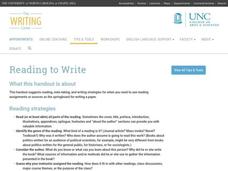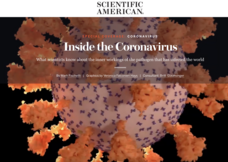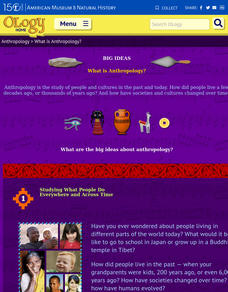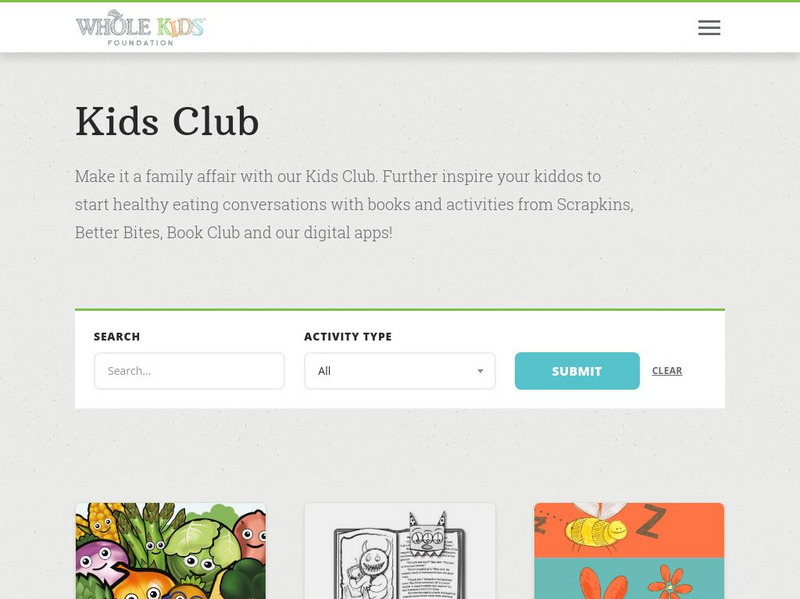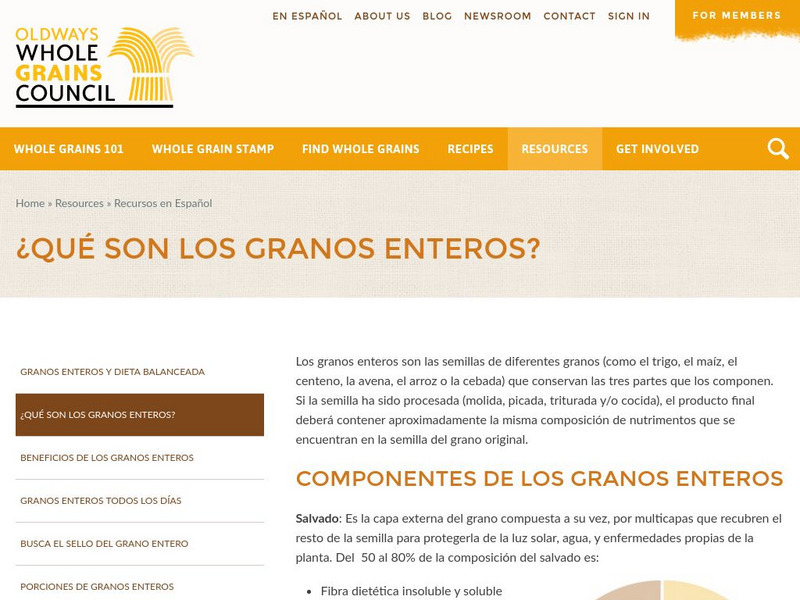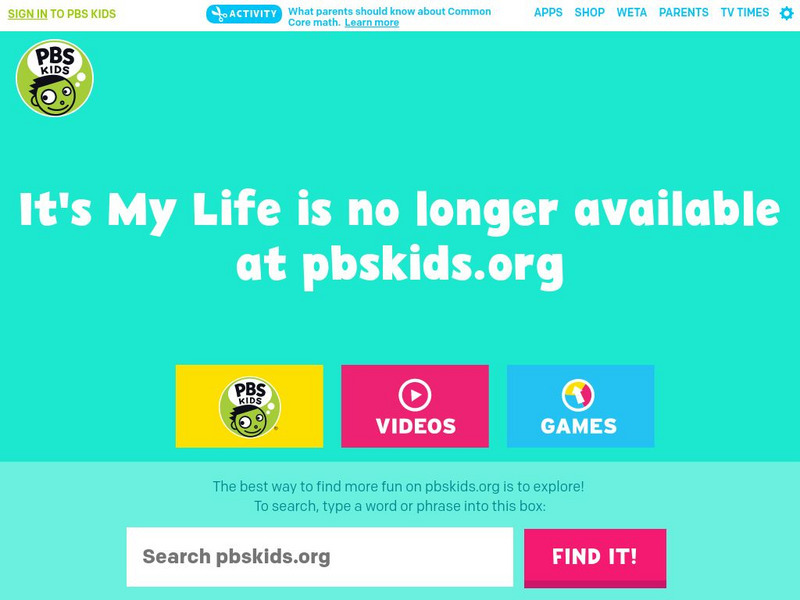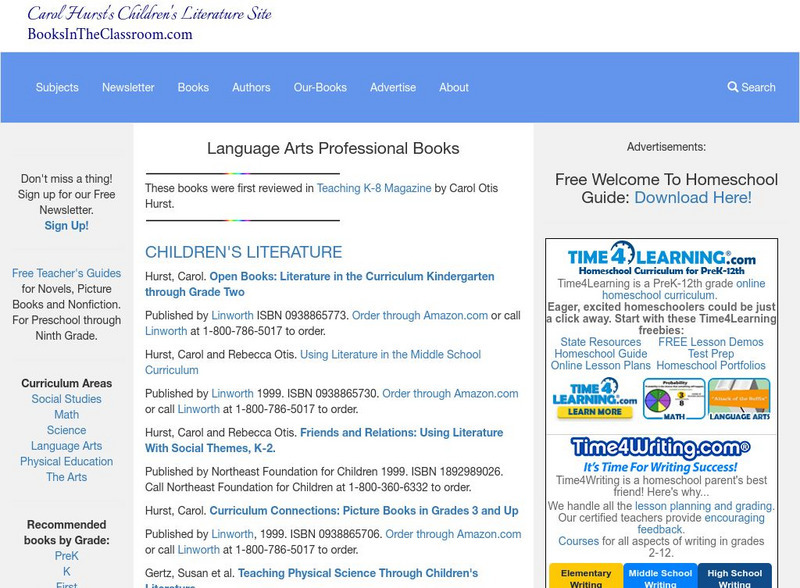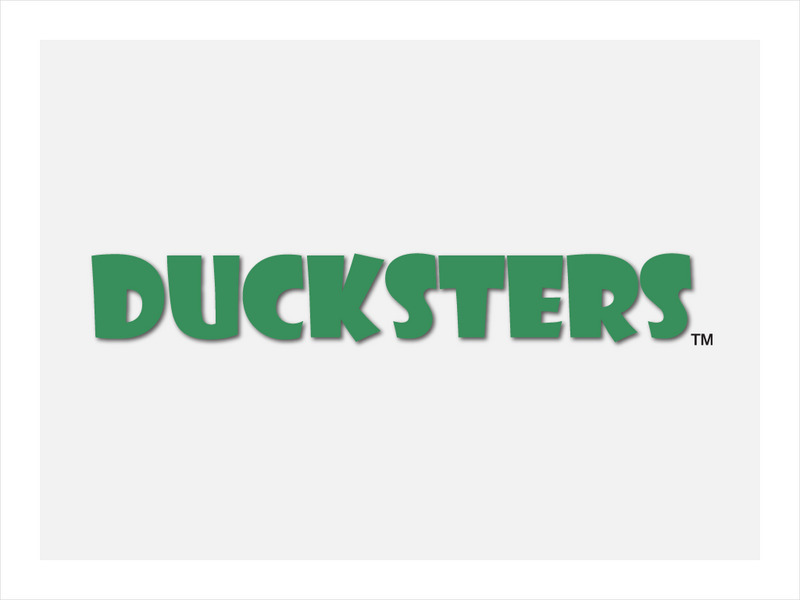American Museum of Natural History
What's the Big Idea About Genetics?
Here's a quick read on genetics. An engaging online resource provides six slides of information about genetics. Learners read about the meaning of genetics to information about DNA. They also learn about the study of genes and the...
American Museum of Natural History
Saving Species
Some scientists dedicate their lives to researching and protecting endangered species. An online lesson teaches about three scientists around the world who do just that. They learn about spiders, mollusks, and reptiles from North...
University of North Carolina
Reading to Write
Silly journal and essay prompts may be fun to write, but they don't model the kind of writing needed for college papers and standardized tests. The 15th part in a series of 24 covers the concept of reading to write—during and after...
ProCon
Euthanasia and Assisted Suicide
Should physician-assisted suicide be legal? Using a debate topics website, pupils prepare to discuss the morality and legality of euthanasia. Scholars discover historical case studies involving assisted suicide, explore state-by-state...
ProCon
Standardized Tests
Does the use of standardized testing improve American education? Scholars dive into the issue as they prepare to discuss the debate topic with their classmates. After reviewing the pros and cons, they watch videos to help them arrive at...
Scientific American
Inside the Coronavirus
Take biologists on a journey into the heart of the Covid-19 virus with a series of stunning graphics and explanations about the global pandemic. Animations bring investigators up close to the virus, revealing its structure and movement...
American Museum of Natural History
Meet the Universe's Main Attraction ... Gravity
Learners read a short description about gravity and what it does and then explore the two ideas about how gravity works. After gaining a better understanding of the concept, individuals participate in a thorough experiment on what would...
Shakespeare Globe Trust
Macbeth
Why do characters do what they do? Scholars use the resource to explore character motivation in Shakespeare's tragedy Macbeth. Additionally, they discover pictures, interviews, and videos from the Deutsche Bank production of the play.
American Museum of Natural History
Global Grocery
A walk through the grocery store is like a walk around the world. An interactive activity shows popular grocery items and where the ingredients originate. Perfect as a remote learning resource, the lesson connects groceries to the...
American Museum of Natural History
What's This? Feeding
Some species have pretty creative methods for catching food. Young scientists learn about some interesting ways organisms get the nutrients they need by navigating an online interactive lesson that would be suitable for a remote learning...
American Museum of Natural History
What is Anthropology
A colorful resource introduces learners to the four major fields of anthropology: cultural anthropology, linguistic anthropology, biological anthropology, and archaeology. Explanations are provided for what each field studies, the kinds...
American Museum of Natural History
Being An Anthropologist: Laurel Kendall
Imagine studying Korean culture, especially the role of women, as well as marriage and religious rituals from home! Anthropologist Laurel Kendall shares what she has learned from her many trips to this fascinating country half a world away.
US Department of Agriculture
Choose My Plate: How to Eat More Whole Grain Food
Find notes at this website that will help you eat whole grains at meals and for snacks. Includes tips for reading food labels and teaching young children how to make healthy food choices.
US Department of Agriculture
Choose My Plate: Why Is It Important to Eat Grains, Especially Whole Grains?
"Why is it important to eat grains, especially whole grains?" This website has the answer. Read about the "health benefits" of eating whole grains and learn about the nutrients found in whole grains.
Other
Whole Kids Foundation: Kids Club
The Whole Kids Foundation provides opportunities to help kids start healthy eating conversations with books and activities from Scrapkins, Better Bites, Book Club and more!
Other
Whole Kids Foundation
This website was developed by the Whole Foods Market promotes the access to healthy food for all children. Students are encouraged to get excited about eating fruits, vegetables, and whole grains.
Other
Whole Grains Coiuncil: Que Son Los Granos Enteros?
Spanish content. Describes the parts of a whole grain of one the world's cereal crops.
Saddleback College
Algebra2go: Rounding Numbers Problem Sets
This resource has three problem sets to practice rounding whole numbers to 10's, 100's and so on, place. Select a problem set, then select a question. Fill in the blank with the correct answer for each problem. When you have answered all...
Other
Partner Square Painting: The Whole and Its Parts
Kids will have fun snapping chalk lines onto paper and then painting in the parts. Can be used as a way to teach parts and their relation to the whole or even more complex as fractions.
PBS
Pbs Kids: It's My Life: Body: Puberty: Whole Lotta Changin' Goin' On
An overview of the physical changes that girls and boys undergo as they go through puberty, including voice changes, skin changes, and menstruation.
US Department of Agriculture
Choose My Plate: All About the Grains Group
There are two types of grains: whole grains and refined grains. Learn about each and find examples. Click on the "Grains Food Gallery" link to see examples, images, and serving sizes of different grains.
Books in the Classroom
Carol Hurst's Children's Literature Site: Language Arts Professional Books
Resources for teachers in children's literature can be found in this bibliography--whole language philosophy, reading/writing techniques, spelling, and assessment.
PBS
Pbs Learning Media: Several Short Rails Make More Than a Whole
In this video segment from Cyberchase, Hacker has sabotaged another section of the Madre Bonita Express track; Digit gets help from Deci in adding decimals to find the right size rail that will repair the track.
Ducksters
Ducksters: Kids Math: Types of Numbers Glossary and Terms
Math glossary and terms on Types of Numbers for kids. Learn the definitions used in this mathematics subject such as whole numbers, real numbers, and integers.
Other popular searches
- Rounding Whole Numbers
- Fractional Parts of a Whole
- Parts of a Whole
- Whole Number Computation
- Fractional Parts to Whole
- Whole Truth
- Adding Whole Numbers
- Comparing Whole Numbers
- Multiply Whole Numbers
- Multiplying Whole Numbers
- Dividing Whole Numbers
- Whole Number Patterns


